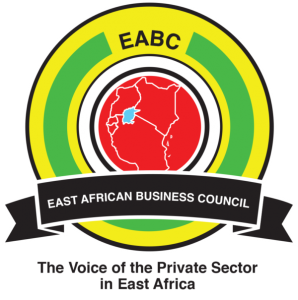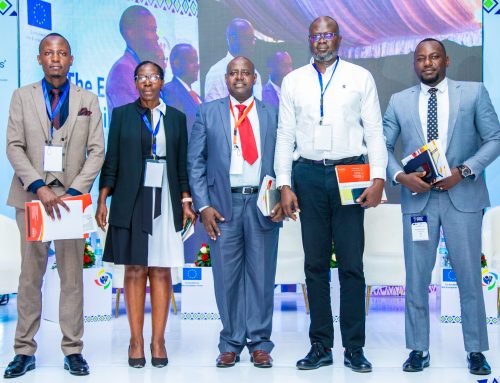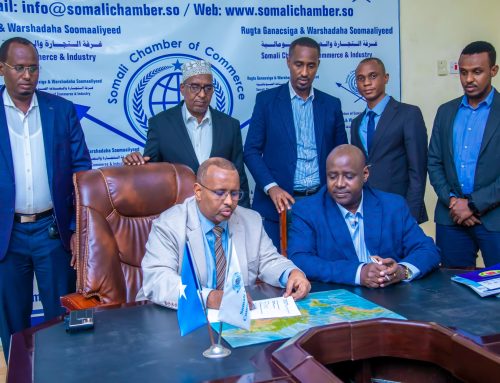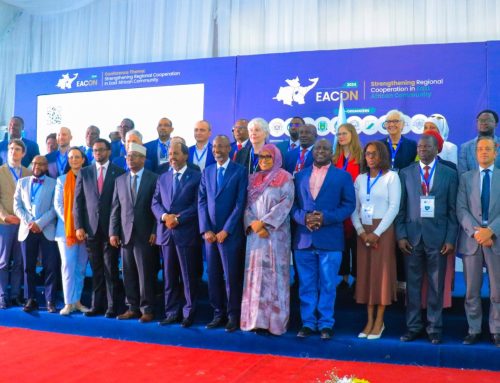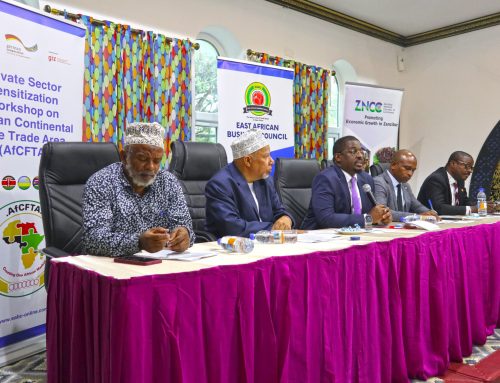Monday, 14th March 2022 Arusha, Tanzania: Industry Captains have urged the East African Community Partner States to adopt 35% as the maximum Common External Tariff (CET) rate and commence its implementation in the financial year of 1st July 2022.
This is the majority position of the Regional Private Sector Consultative Meeting held on 9th March 2022 in Nairobi, Kenya that convened industrial captains and leaders of manufacturers’ confederations from the EAC region.
The current maximum CET is 25%. The proposed 35% maximum CET rate will provide an adequate tariff degree of difference required to incentivize industrial development in the EAC region; by safeguarding products that are sufficiently produced in the region against similar cheap imports.
The 10% tariff difference is needed to safeguard and sustain existing investments in the prioritized regional value chain of textiles, automotive, agro-processing, wood, iron & Steel, mineral processing, energy, fertilizers, pharmaceuticals plus attract new investments to transform the EAC industrial sector, in particular, transforming secondary intermediates into finished products.
The latest analysis on the proposed rates of the CET by EAC Secretariat shows that under a maximum CET rate of 35%, the Partner States stand to benefit most through increased revenue generation by 5.5% and a boost to intra EAC trade of $18.9 million. Employment generation is estimated to increase by 0.03% (6,781 persons) under the maximum rate of 35%. The analysis further shows Burundi will benefit from increased trade creation by USD. 1,363,749 while Rwanda by USD. 3,714,495 if the maximum CET rate of 35% is adopted.
Non-metallic minerals, printing, products of wood, furniture, paper, crops; horticulture are among the industrial sectors in Rwanda and Burundi that will benefit from 35% maximum CET. According to the analysis, the average potential net welfare loss effects under the proposed 35% maximum CET rates is estimated at $25.5 million, a one off effect.
The Sectoral Council of Ministers on Trade, Industry, Finance and Investment (SCTIFI) is planned to take place on 21st March 2022 to deliberate on the analysis done the EAC Secretariat on the implications of maximum CET rates of 30%, 33% and 35%.
The proposed 35% maximum CET rate will reinforce national and regional policies on developing priority value chains, expand intra-regional trade, strengthen product diversification, create employment opportunities from production switch sustain regional food security and rural development and reduce the use Stay of Applications on products sufficiently available or can be manufactured in the region.
The proposed 35% maximum CET rate is central to boosting the competitiveness of East African manufactured products in the continent and the globe.
The analysis also shows; industrial production is set to increase by $12.1 million (0.04%) if the highest rate at 35% maximum tariff rate is adopted by the EAC Sectoral Council of Ministers.
The EAC Partner States have not agreed on the proposed maximum CET rate with divergent views of 30%, 33% and 35%.
The EAC CET is currently structured under three bands of 25% for finished goods, 10% for intermediate goods and 0% for raw materials and capital goods. The EAC CET was last reviewed in 2010. However, each year, EAC Partner States through EAC Pre-Budget Consultations of the Ministers of Finance undertake annual reviews on specific products. This has resulted to 1) Frequent Stay of Applications on final products, especially the products falling under the sensitive list and 2) Non-uniform application of EAC CET, due to numerous applications of country-specific duty remissions. Consequently, tariffs on several products such as paper, sugar, edible oil, iron & steel, cement, motor vehicles, transport & telecommunication equipment and agricultural commodities have been very unstable. Furthermore, the final products with inputs granted country-specific duty remission do not access the EAC market at preferential tariff rates.
The country-specific duty remissions and Stay of Applications distort intra-EAC trade and creates an unleveled playing field due to unilateral application of different tariff rates by EAC Partner States. In the year 2021, 231 out of the 462 products classified in the 4th Band were under Stays of Applications. This represents 50% of all tariff lines under the 4th Band products assigned to attract a rate of above 25%. In 2021, Uganda applied 60% tariff on 100 products, while Tanzania applied 35% on 135 products and Kenya 30% on 24 products. This clearly shows that EAC Partners States need higher tariffs for products that are available in the region and safeguard them against similar cheap imports from Asia.
The EABC Regional Private Sector Consultative Meeting was organized with support from GIZ.
